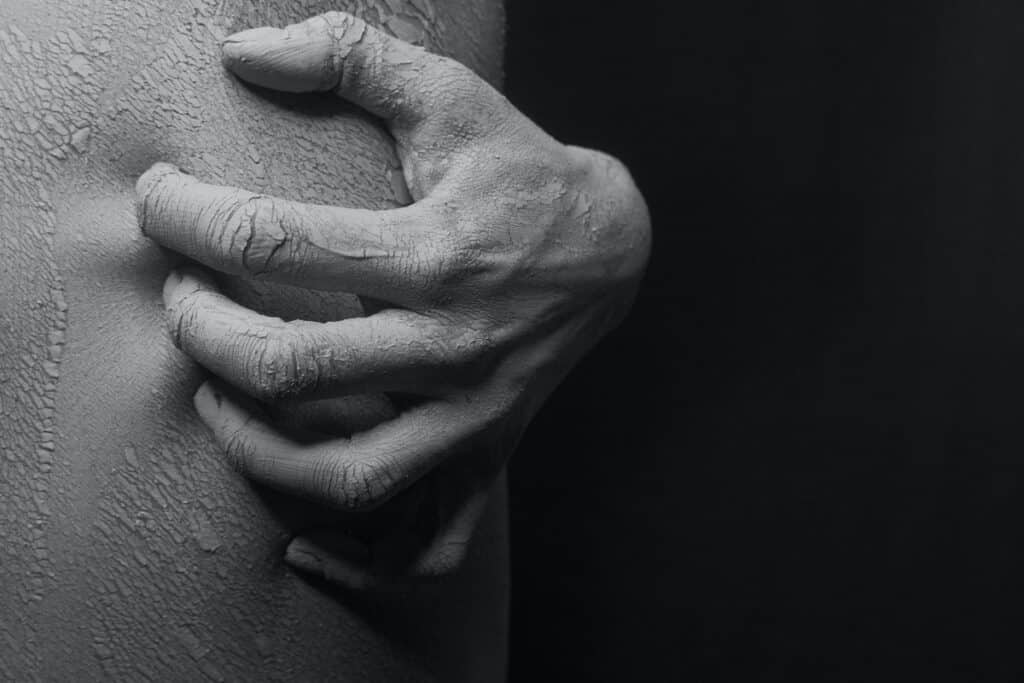Dealing with those dreaded seasonal effects of itchy skin in the fall
As the years go by, seasonal allergies continue to worsen due to the amount of people who react to higher pollen counts. Seasonal allergies are also referred to as “hay fever,” and can happen during different times of the year. Seasonal allergies derive from allergens, most commonly pollen from plants, trees, grasses, and weeds.
Fall allergies related to itchy skin
Fall is the time for rapid growth of ragweeds, with more than forty species growing worldwide primarily in temperate regions of North America and South America. Ragweeds are invasive plants and hard to control. The pollen from ragweeds is a very common allergen, and reactions to ragweed can be very severe.
Exposure to ragweed can cause a variety of different symptoms. You may notice sneezing, a runny or stuffy nose, and even an itchy rash can develop. Ragweed pollen allergies can cause allergic eczema, which can create painful rashes on the skin. The rashes can further develop into large blisters and bumps on the skin.
Some more information in regards to ragweed pollen:
- Ragweed is the leading cause of allergies during the fall.
- The wind can carry ragweed pollen far.
- Ragweed pollen can be found 2 miles up in the atmosphere and even four hundred miles out at sea.
- If you are affected by allergies in the spring, you have a 75% chance of being allergic to ragweed in the fall.
- Ragweeds typically begin pollinating towards the end of summer and can continue through September and October.

Even though it can be tricky to avoid ragweed because it spreads so easily, there are steps you can take to limit your contact with it as much as possible.
Check out these tips:
- Peak ragweed hours are between 10 a.m. and 3 p.m., so limit the amount of time you spend outdoors during these times.
- Remember to always wash your hands and change your clothes after you have been outside.
- Watch out for food triggers containing similar protein that’s found in ragweed pollen. These include bananas, melons, honey, sunflower seeds, and chamomile tea.
- Don’t dry your laundry outside! Ragweed pollen will just have a better chance of making its way onto your clothes.
Testing and treatment information
If you are concerned that the cause of your itchy skin could be from ragweed, please consult your doctor for more information about ragweed allergy testing. If it is determined that you do have a ragweed allergy, you will most likely be prescribed an over-the-counter or prescription medication.
If your doctor gives you the okay, you should also consider some preventive measures a couple weeks before ragweed pollen season starts. Towards the end of summer, you can take certain medications to help prevent an allergic reaction. Antihistamines such as Zyrtec Allergy, Claritin, and Allegra all can be effective as pretreatments for allergies. If you feel like your ragweed allergy is taking over too much of your life, consider allergy shots. Allergy shots can help your body develop a tolerance to ragweed so it doesn’t continue to trigger an allergic reaction.

Mold
Another reason for why you may find your skin to be so itchy in the fall could be from mold! Mold can grow rampantly in the fall, not just in wet places around your home, but also outside within the leaves. When you have a mold allergy, symptoms when you make contact with mold can be much more severe. Mold allergies resemble the symptoms of regular allergies and can include nasal congestion, wheezing, itchy eyes/throat/skin, coughing, sneezing, headaches, and rash.
Mold allergies can also make you feel like you have the flu and trigger an asthma attack. If you’ve been feeling that you may have come in contact with mold and are unwell, please talk with your local doctor about testing and treatment options.
Dry skin
Because we just got through summer, our skin probably had more moisture than usual so we didn’t need as much of a skin care routine as we did in cooler months. Once it is fall, our skin could become very dry once again. If our skin gets too dry, it can also become very itchy. If you notice your skin being dry as a possible indicator to why it’s itchy, consider purchasing a light cream or ointment.
My all time favorite healing ointment for dry skin is Aquaphor. Aquaphor is a light ointment that acts as an advanced therapy skin protectant. You can use aquaphor wherever you need to on your skin, and I especially recommend using their products on your lips when needed for any dryness. If interested, you can purchase a 14 oz jar of Aquaphor for just $12.64 on Amazon.

Say goodbye to that itchy skin!
Itchy skin tends to hit us hardest when the months start to get cooler. Especially in the fall! You could have some allergies acting up from different types of pollen such as ragweed, or even mold. If you suspect you have an allergy, the best thing to do is to talk with your doctor about tests and treatment.
Sometimes the root of our itchy skin isn’t always allergies, so we just have to make some changes again in our daily lives. Carry around a small container of a moisturizing ointment such as Aquaphor to help with that dry skin. Then, say goodbye to all that itchiness.

